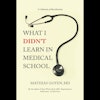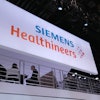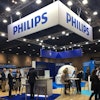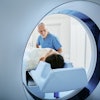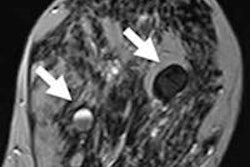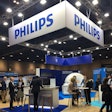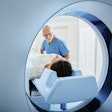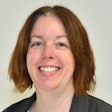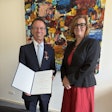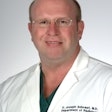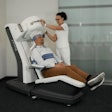Market analyst firm IHS thinks new tools presented at RSNA 2014 will streamline breast exams.
Philips Healthcare and Hologic both highlighted software to automate breast density quantification, which could lead to better and faster diagnoses of breast abnormalities. These developments are part of a general trend away from conventional mammography and toward an "adaptive breast imaging pathway," IHS said.
This pathway uses patient-specific information including breast density, risk factors, and demographics and even genetics to create a personalized pathway to breast exams. Documenting the risk factors can help doctors make better decisions on whether tomosynthesis, breast ultrasound, or MRI is the best modality for diagnosis, IHS said.
Reimbursement is available for the new tools in some countries like Australia, but huge gaps remain in most markets related to the question of which exams are needed in which cases, IHS said. The use of both ultrasound and breast MRI will be limited until each country releases official guidelines, but IHS said it is forecasting growth in breast ultrasound shipments of almost 60% over the next three years in North America.
